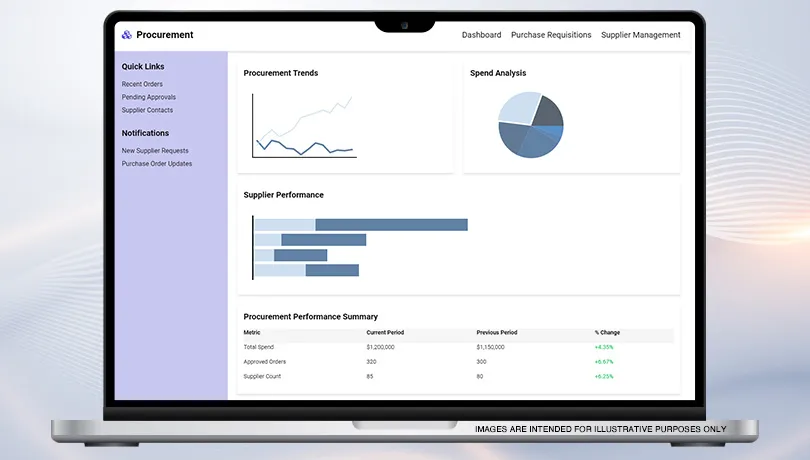With the vast range of procurement software and tools available on the market, identifying and implementing the right procurement solution that aligns with the overall business goals can be difficult.
Often, the discussion boils down to whether you should adopt a unified procurement software platform with comprehensive source-to-pay tools in a single system, or have a standalone application for each process. The choice between a unified and a standalone solution requires careful consideration of multiple factors and their long-term implications.

Things To Consider Before You Decide
Seamless Integration
Standalone procurement applications work in silos and cannot exchange critical data across the source-to-pay process.
A unified procurement software platform connects all the applications of different source-to-pay processes. This allows end-to-end automation and seamless flow of data across the process.
Visibility and Transparency
A unified procurement software platform improves visibility and transparency across the source-to-pay process. This boosts cross-functional collaboration and compliance.
User Adoption and Compliance
With an integrated source-to-pay suite, users can access all information on a single screen, using a single system. This leads to better analysis and improves reporting and decision-making capabilities.
Implementation and Ongoing Costs
Unified procurement software platforms are more cost-effective than standalone applications that require multiple downtimes and training programs for each software.
Impact on Overall Operations
A unified source-to-pay procurement software delivers far greater efficiencies and performance compared with a standalone application. Users can work on a single system for all their sourcing and procurement operations.





















